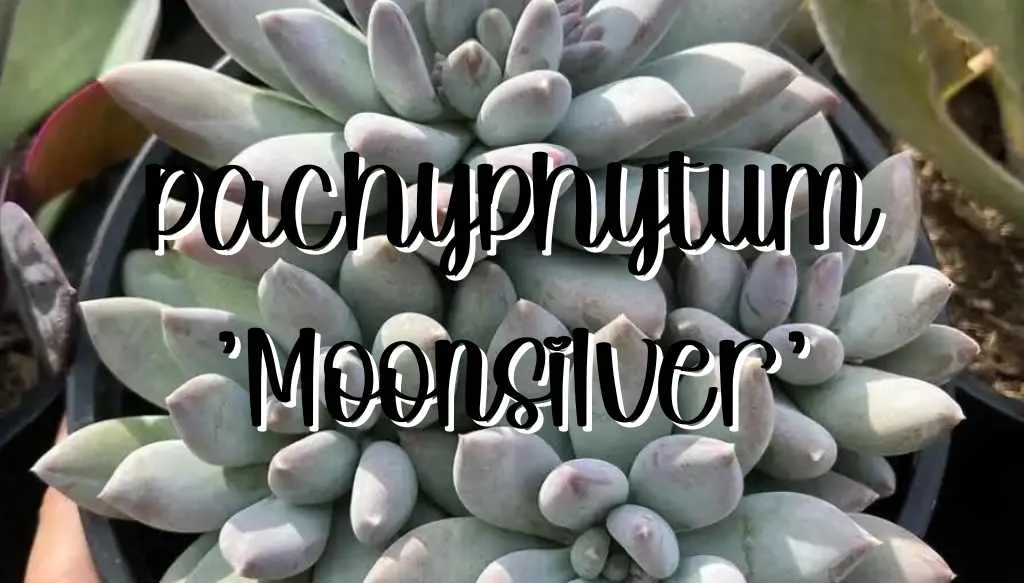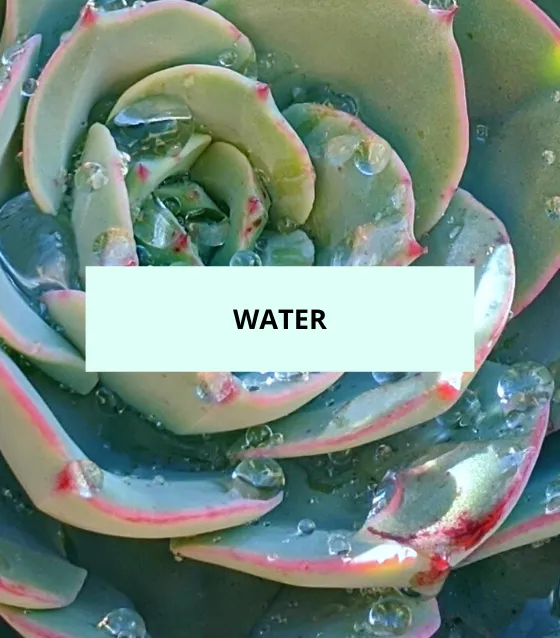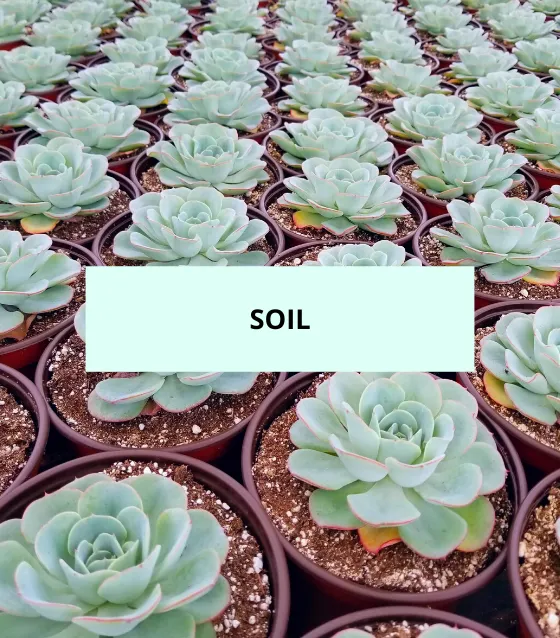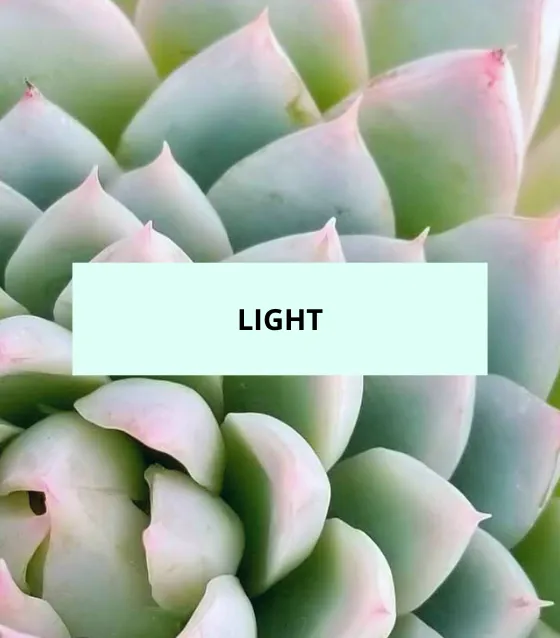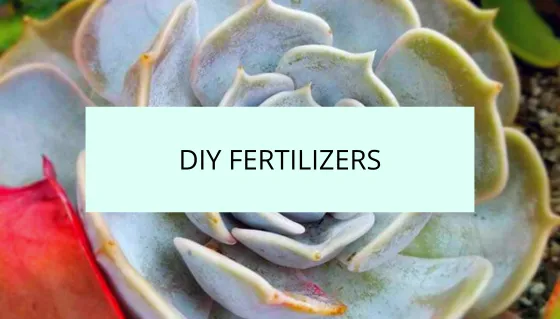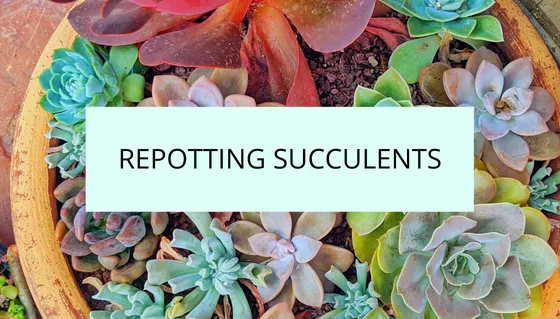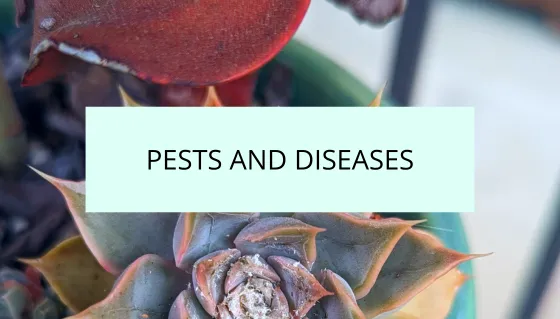Welcome to our quick guide on the Pachyphytum Moonsilver succulent! As avid succulent lovers, you’re likely already well-acquainted with the diverse and captivating world of succulents. In this article, we’ll explore the appearance, growth, blooming, toxicity, and propagation methods of the Pachyphytum Moonsilver. Let’s delve into the intriguing characteristics of this beloved succulent.
Dig in!
Appearance and Growth
The Pachyphytum Moonsilver, scientifically known as Pachyphytum oviferum ‘Moonsilver,’ is a striking succulent that belongs to the Crassulaceae family. This variety of Pachyphytum is cherished for its unique and enchanting appearance. The leaves of the Moonsilver are fleshy, oval-shaped, and have a powdery, silvery-blue coating. This silvery-blue hue sets it apart from other succulent varieties and adds to its overall charm.
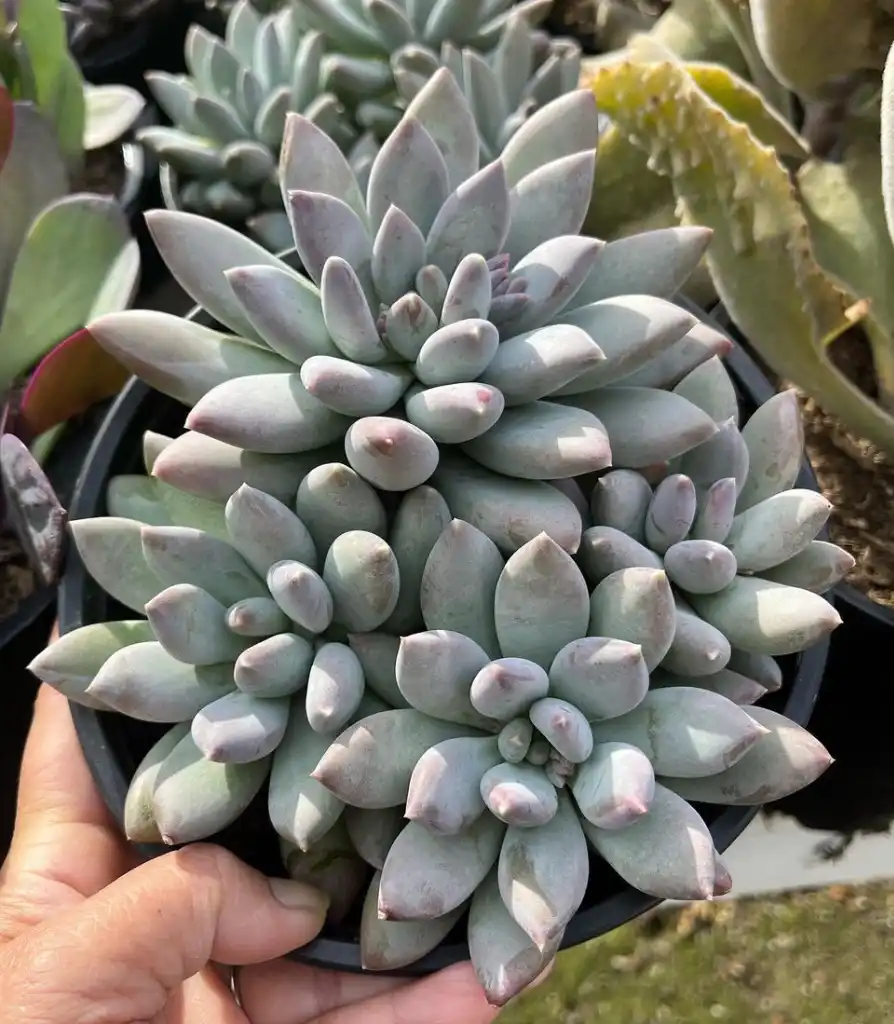
In terms of size, the Pachyphytum Moonsilver is a small to medium-sized succulent. Each rosette typically grows to a diameter of around 3 to 6 inches (7.5 to 15 centimeters). The rosettes are typically compact and densely packed, creating a visually appealing arrangement of leaves. Over time, the plant can produce offsets or “chicks” around the base, allowing for propagation and the expansion of your Moonsilver collection.
When you’re rooting or transplanting your succulents and cacti, use SUPERthrive to help reduce the chance of transplant shock and grow a strong root system.
Flower Color and Blooming Season
The Pachyphytum Moonsilver succulent produces delicate flowers that add a touch of elegance to its appearance. The flowers of this variety are typically bell-shaped and can display various colors, including pale pink, coral, or even yellow. These lovely blooms serve as a delightful contrast against the silvery-blue foliage of the plant.
As for the blooming season, the Pachyphytum Moonsilver generally flowers during the late spring or early summer months. However, the exact timing of the blooming season may vary depending on environmental factors such as temperature and light conditions. When the Moonsilver blooms, it attracts pollinators such as bees and butterflies, contributing to the biodiversity of your garden.
Toxicity
Great news for pet owners and succulent enthusiasts alike – the Pachyphytum Moonsilver is non-toxic to cats, dogs, and people. This means you can enjoy the beauty of this succulent without worrying about potential harm to your furry friends or family members. While the Moonsilver is considered safe, it’s always prudent to discourage pets and children from chewing or ingesting any plant material, as individual sensitivities can vary.
As an Amazon Associate I earn from qualifying purchases at no additional cost to you.
Fix the pest problem on your succulents and cacti with these popular insecticides.
Propagation Methods
If you’re interested in propagating the Pachyphytum Moonsilver, here are a few methods you can try:
- Offsets: The Pachyphytum Moonsilver produces offsets or “chicks” around the base of the main rosette. These offsets can be gently separated from the parent plant using a clean, sharp knife or your hands. Allow the offsets to dry and callus for a day or two. Once calloused, plant them in well-draining soil, burying the base of the offset partially. Water sparingly and provide bright, indirect light. Over time, the offsets will develop roots and grow into independent Pachyphytum Moonsilver plants.
- Leaf Cuttings: Another propagation method for the Pachyphytum Moonsilver is through leaf cuttings. Select a healthy leaf from the plant and carefully remove it, ensuring a clean break at the base of the leaf. Allow the leaf to dry and callus for a day or two. Once calloused, place the leaf on well-draining soil, ensuring good contact between the leaf and the soil surface. Mist the leaf occasionally to provide moisture. After some time, new rosettes will emerge from the base of the leaf, indicating successful propagation.
By utilizing these propagation methods, you can expand your collection of Pachyphytum Moonsilver and enjoy the beauty and allure of these captivating succulents.
The Pachyphytum Moonsilver, with its silvery-blue foliage, bell-shaped flowers, non-toxic nature, and ease of propagation, is a beloved succulent among enthusiasts. Its unique appearance and compact growth habit make it a wonderful addition to any succulent collection, container garden, or rock garden. Whether you choose to propagate through offsets or leaf cuttings, the propagation process allows you to multiply the beauty and charm of this extraordinary succulent. Consider adding the Pachyphytum Moonsilver to your collection and enjoy the captivating presence it brings with its distinctive features and silvery allure. Happy succulent gardening!

